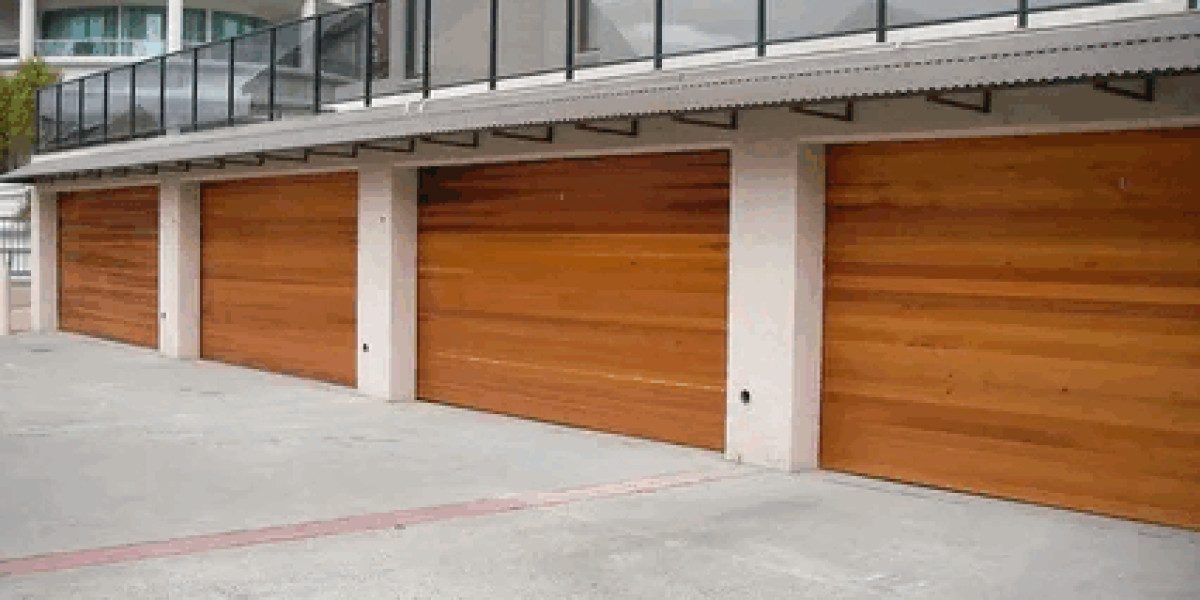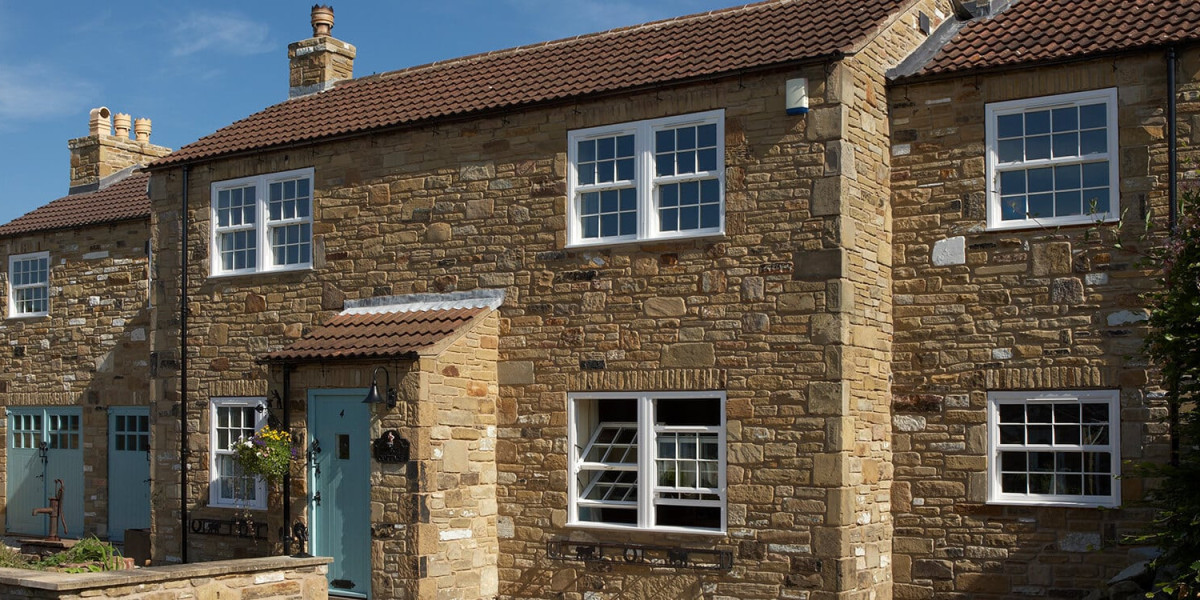Commercial door replacement plays a crucial role in ensuring the safety, accessibility, and efficiency of your business premises. Over time, wear and tear can affect the performance and appearance of your doors, making replacement a practical solution to maintain operational standards. Beyond functionality, an upgraded commercial door can enhance the visual appeal of your property, creating a positive impression for customers and clients. Various factors influence the replacement process, including the selection of materials, compliance with local regulations, and choosing the right professionals for the job. A properly installed and maintained door not only contributes to the security of your premises but also improves energy efficiency by reducing draughts and heat loss. When planning a replacement, it’s essential to consider the specific needs of your business, such as the volume of traffic, the type of property, and the importance of aesthetics. A well-chosen door ensures long-term value and seamless daily operations.
Signs That Your Commercial Door in Replacement
Physical damage, such as cracks, dents, or warping, often indicates the need for a new commercial door. Draughts or light visible around the edges can signal poor sealing, which compromises energy efficiency and security. If the door frequently sticks, jams, or fails to close properly, it may have structural issues requiring replacement. Increased noise levels from outside could also point to diminished insulation quality. Failing locks or hardware that are difficult to repair may jeopardise the safety of your premises, making replacement a more practical solution. Additionally, an outdated appearance or materials that no longer align with your business's branding or aesthetic goals may warrant an upgrade. Consistently high repair costs or repeated maintenance can further indicate that a replacement is more cost-effective in the long run. For doors used in high-traffic areas, faster wear and tear is common, making regular evaluations essential to determine if replacement is necessary.
Choosing the Right Material for Your New Commercial Door
Selecting the appropriate material for your commercial door is a decision that requires balancing practicality with aesthetic considerations. Aluminium is lightweight, resistant to corrosion, and particularly suitable for high-traffic environments, while steel provides unmatched strength and durability for businesses prioritising security. For a more welcoming appearance, timber offers a classic finish but may require regular upkeep to maintain its condition. Glass doors are an excellent option for showcasing a modern and open atmosphere, especially in retail or office spaces, but should incorporate reinforced glass for safety. Fibreglass is another viable option, offering durability and insulation, often with lower maintenance requirements than wood or metal. Additionally, think about whether you require special features such as fire resistance, soundproofing, or energy efficiency. Every material has its advantages, and the final decision should reflect the specific requirements of your premises, including the anticipated volume of use and the environmental conditions to which the door will be exposed.
Measuring Your Door Space Accurately
Proper measurements are key to achieving a secure and functional fit for your new commercial door. Begin by using a tape measure to record the width of the door frame at the top, middle, and bottom, noting the smallest measurement. Measure the height from the floor to the top of the frame on both sides, as floors can sometimes be uneven. It’s also important to check the depth of the frame to ensure compatibility with your new door. For doors with additional features like sidelights or transoms, include these in your measurements if they are part of the planned replacement. Pay close attention to any irregularities or damage within the frame, as these could affect the installation process. If the frame appears misaligned, you may need to consult a professional to address this before proceeding with the replacement. Accurate measurements ensure the door will fit securely and operate as intended once installed.
Understanding Local Building Regulations
When replacing a commercial door, adhering to building regulations ensures your property remains compliant with legal and safety standards. Key considerations include fire safety, which may require doors with specific fire resistance ratings, and accessibility standards to accommodate individuals with disabilities. Regulations may also stipulate the use of materials or designs that align with energy efficiency targets. Emergency exit doors, for instance, must meet precise specifications to allow for swift and safe evacuation. Ensure the new door meets noise insulation requirements if your premises are located in a densely populated area or near high-traffic zones. Some regulations address aesthetic guidelines, particularly in listed buildings or conservation areas, where the door's design must complement the property’s character. Local councils may require permits or inspections to approve the replacement. To navigate these requirements effectively, consult professionals familiar with local standards or engage a contractor experienced in commercial door installations within your area.
Selecting a Reputable Door Replacement Company
A reputable door replacement company should offer transparency in pricing, clear timelines, and expert knowledge of commercial installations. Check for evidence of prior work similar to your project, including before-and-after photographs or case studies, to assess their expertise. Ensure they use high-quality materials and adhere to local building regulations. Reliable providers should be willing to conduct an on-site inspection to better understand your specific needs and offer tailored recommendations. Additionally, confirm that the company provides warranties for both the product and their workmanship, as this reflects their confidence in delivering a quality service. Pay attention to their communication during initial consultations; a professional approach indicates reliability and efficiency. Seek recommendations from other businesses in your area and cross-check online reviews for consistency. Prioritise companies that demonstrate a commitment to safety, punctuality, and excellent customer support throughout the process.
Preparing for the Installation Day
Before the installation day, coordinate with the replacement company to confirm timings and any specific requirements. Remove furniture, equipment, or items near the door area to provide a clear workspace for the installers. Ensure the pathway to the installation site is free from obstructions to allow for smooth access. For businesses that remain operational during the installation, establish temporary safety measures or signage to direct employees and visitors away from the work zone. Verify that any necessary permits or approvals are in place, particularly for properties subject to building regulations. Prepare for noise or disruptions, especially if tools and machinery are required. If electrical connections or integrated systems are involved, ensure these are safely disconnected or prepared for reconfiguration. Confirm the installation crew has access to utilities, such as electricity, if required for their equipment.
Step-by-Step Guide to Replacing a Commercial Door
Begin by removing the old door, carefully detaching hinges and hardware. Check the door frame for damage or alignment issues, addressing any problems to create a stable base for the new door. Position the new door within the frame, ensuring it aligns correctly before securing the hinges. Use a level to verify that the door is straight and test its movement to confirm smooth operation. Install locks, handles, and any additional hardware, following the manufacturer’s instructions for proper attachment. If the door requires sealing, apply weatherstripping or other necessary materials to enhance insulation and energy efficiency. For doors with integrated systems, such as automated mechanisms or security features, connect and test these components during installation. Throughout the process, ensure all fittings are tightened appropriately to guarantee functionality and safety.
H3: Ensuring the Proper Functionality of Your New Door
After installation, inspect the door's hinges, ensuring they are securely fastened and free from any looseness that may affect operation. Verify that the locks engage correctly and that keys turn smoothly without resistance. Examine any automated components, such as sensors or motorised systems, to confirm they activate and function as intended. Check the weatherstripping or seals to ensure they provide a tight closure, preventing draughts or energy loss. Pay attention to the door's alignment within the frame, observing for gaps or uneven spacing that could indicate installation issues. Test the door under typical usage conditions, including repeated opening and closing, to identify any sticking or unusual noises. Make adjustments as needed, such as repositioning hardware or lubricating moving parts, to optimise performance and minimise wear over time. Regularly monitor the door's functionality during initial use to address emerging issues promptly.
Maintaining Your New Commercial Door
Here are 5 detailed H3 headings each with a long description on how to properly maintain your new commercial door:
1. Visual Inspection and Hardware Check
When your new commercial door is installed, start by scheduling regular visual inspections. Look for any signs of physical damage (dents, cracks, corrosion, loose parts) right from the start so you catch problems early. According to professional sources, clean inspections help identify loose screws, worn hinges, or hardware that needs tightening before bigger issues emerge.
Check elements such as hinges, pivots, rollers, tracks (for sliding/roll‑up doors), and weather‑stripping. By documenting conditions initially you’ll have a baseline to compare future wear. This makes maintenance more strategic and efficient.
2. Cleaning & Debris Removal
Maintaining a clean door environment is crucial. Dust, dirt, and debris build up around frames,
Use a soft cloth and mild detergent for surfaces (no abrasive materials) and pay special attention to hard‑to‑reach crevices. Regular cleaning prevents rust formation, keeps the door looking new, and supports smoother mechanics.
3. Lubrication of Moving Components
Your door will have moving parts—hinges, rollers, tracks, springs, closers. Proper lubrication lowers friction, prevents squeaking, and extends component life. Many commercial door maintenance guides recommend using manufacturer‑approved lubricants (not general household oil) on these elements.
Do this according to usage—doors that open/close many times daily may need lubrication more often. Doing it proactively avoids strain on motors (if automatic) and prevents early wear of hardware.
4. Alignment, Sealing & Weather‑Stripping
Even a new door can become misaligned through building settlement or heavy use. A misaligned door won’t seal properly, will allow air/water infiltration and might drag or bind. Maintenance resources emphasise checking alignment, balance and condition of seals.
Check that the door closes smoothly and evenly, inspect weather‑stripping for cracks or gaps, and replace worn seals. Ensuring a tight seal also helps with energy efficiency and prevents damage from environmental exposure.
5. Establish a Preventive Maintenance Plan & Professional Service
Since you’re working with a new commercial door, establishing a formal preventive maintenance schedule from day one pays dividends. Structured plans include monthly visual checks, quarterly lubrication/alignment reviews, and annual professional inspections.
Having a log of inspections, maintenance activities, and any repairs helps you track wear patterns and supports warranty claims if needed. Also incorporate professional servicing—some repairs (springs, motors, control systems) are best handled by qualified technicians to ensure safety and long‑term performance..
Cost Considerations for Commercial Door in Replacement
When planning a commercial door in replacement, it’s important to account for both upfront costs and potential long-term savings. The price of the door can vary significantly depending on the material, size, and any specialised features such as fire resistance or automation. Labour costs for professional installation should also be factored into your budget, as well as potential expenses for permits or regulatory compliance. Additionally, consider the cost of ongoing maintenance, which may differ based on the material and complexity of the door. Features like advanced locking systems or energy-efficient designs may have higher initial costs but can lead to savings over time through improved security or reduced energy bills. Unexpected costs, such as modifications to the existing frame or adjustments for integrated systems, should also be anticipated when calculating your overall budget.
The Environmental Impact of Door Replacement
Replacing commercial doors provides an opportunity to consider environmentally conscious choices. Opting for materials that are recyclable or sourced from sustainable production processes helps reduce resource depletion. Energy-efficient door designs contribute to minimising energy usage by improving insulation, which in turn lowers heating or cooling demands. During the replacement process, responsibly disposing of the old door is essential—prioritise recycling components such as metal or glass where facilities allow. Choosing local suppliers and manufacturers can further reduce the carbon footprint associated with transportation. Additionally, selecting durable materials extends the lifespan of the door, reducing the frequency of replacements and the overall environmental impact. Consider features like low-emission finishes or coatings to further enhance the eco-friendliness of your new door. By making thoughtful decisions throughout the process, you support a more sustainable approach to maintaining your business premises.
Conclusion
Investing in a commercial door replacement brings numerous advantages, from enhancing the appearance of your business premises to improving energy efficiency through better insulation. Opting for the right materials ensures durability and complements the functional requirements of your property, whether it’s a high-traffic area or requires specific features such as fire resistance. Collaborating with a trusted professional ensures the replacement process meets all regulatory standards and minimises disruption to your operations. Proper installation contributes to the smooth operation of the door and supports long-term reliability, reducing the need for frequent repairs. By incorporating sustainable materials or energy-efficient designs, you not only reduce operational costs but also contribute to environmentally conscious practices. Maintaining your new door with regular inspections, cleaning, and servicing further guarantees its effectiveness, supporting both safety and performance for years to come.
6 FAQS
1. How do I determine the right material for my Commercial Door Replacement?
- Commercial Door Replacement Consider factors like security needs, aesthetic preferences, and environmental conditions when selecting a material.
2. Can I customise a commercial door?
- Yes, many manufacturers offer customisation options, including size, design, and features like automation or fire resistance.
3. How do I prepare for installation?
- Clear the workspace, confirm timings with the installers, and ensure all required permits are in place.
4. What maintenance does a commercial door require?
- Regularly clean, inspect, and lubricate components while following the manufacturer’s guidelines.
5. Are energy-efficient doors worth the investment?
- Yes, they reduce energy costs and provide long-term savings.
6. What are common signs a door needs replacement?
- Frequent repairs, poor sealing, or visible damage often indicate it’s time for a replacement.










